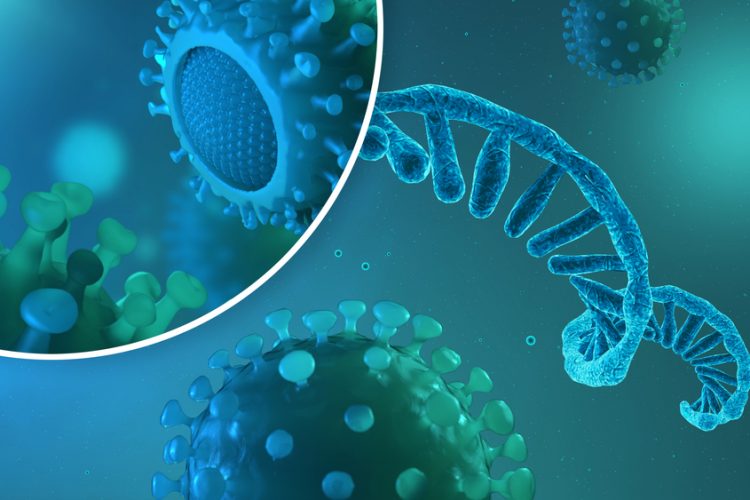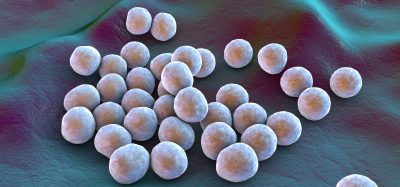Online tool allows researchers to track genetic structure of SARS-CoV-2
Posted: 16 June 2020 | Victoria Rees (Drug Target Review) | No comments yet
An artificial intelligence platform available online has been designed to help researchers track the genetics of SARS-CoV-2 as it moves from person to person.


A team of Canadian researchers has designed a new tool which they say will enable them and other scientists worldwide to track changes in the genetic structure of the SARS-CoV-2 virus, which is causing the COVID-19 pandemic.
The group, led by Dr Bo Wang, artificial intelligence (AI) Lead at the Peter Munk Cardiac Centre, say SARS-CoV-2 is constantly changing as it moves from person to person.
Developed by Dr Wang’s PhD student, Hassaan Maan, alongside colleagues from McMaster University and Sunnybrook Health Sciences Centre, the COVID-19 Genotyping Tool (CGT) offers an online platform where researchers can compare the genome sequence of the SARS-CoV-2 virus in their hospital against the global picture.
Before development of the CGT, analysis of the virus could take up to a week. Now, the researchers highlight that using the AI-driven platform, this analysis takes minutes. The speed of analysis and volume of data are defining characteristics of the application. The platform quickly processes user-uploaded data and offers immediate insights into the genomic evolution, generating results in less than 15 minutes.
By following these changes, scientists can learn more about how the virus is moving and evolving, which has direct implications for vaccine design, drug development and collective efforts to combat COVID-19.
Using nasal swab samples from more than 20,000 patients with COVID-19, virus genome sequences were uploaded to the Global Initiative on Sharing All Influenza Data (GISAID) COVID-19 database. The CGT then compares the sequence of the virus in individual hospitals with virus samples obtained from around the world. Results provide researchers with insight on where transmission events likely occurred, when outbreaks happened and alert them of any key changes in the genetic makeup of the virus, which determines how infectious it is.
“As AI researchers, we’re accustomed to working with big data,” said Dr Wang, an Assistant Professor at the University of Toronto Faculty of Medicine. “The global research community has really embraced the initiative on data sharing during the COVID-19 pandemic; our goal was to design a tool that would help make sense of it.”
The team emphasise that the CGT is particularly helpful when preparing for a second wave of virus spread. By keeping track of mutations in the SARS-CoV-2 virus, the CGT helps researchers prepare to handle changes that can affect the severity of disease, impact of vaccines and transmissibility of the virus.
“As the virus spreads throughout the world, it picks up small mutations along the way,” said Maan. “We want to perform surveillance of these mutations in the event a different strain of SARS-CoV-2 arises.”
Related topics
Artificial Intelligence, Bioinformatics, Genetic Analysis, Genomics, Informatics
Related conditions
Coronavirus, Covid-19
Related organisations
McMaster University, Peter Munk Cardiac Centre, Sunnybrook Health Sciences Centre
Related people
Dr Bo Wang, Hassaan Maan








